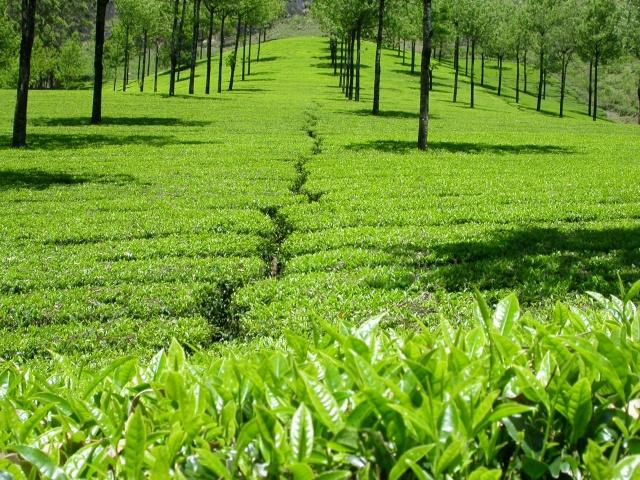
Camellia sinensis, native to East, South and Southeast Asia, but now cultivated across the world in tropical and subtropical regions is the plant whose leaves and leaf buds are used to produce all types of teas. There are two major varieties used for tea Camellia sinensis var. sinensis and Camellia sinensis var. assamica. Teas can generally be divided into categories based on how they are processed. There are at least six different types of tea: white, yellow, green, oolong (or wulong), black (called red tea in China), and post-fermented tea.
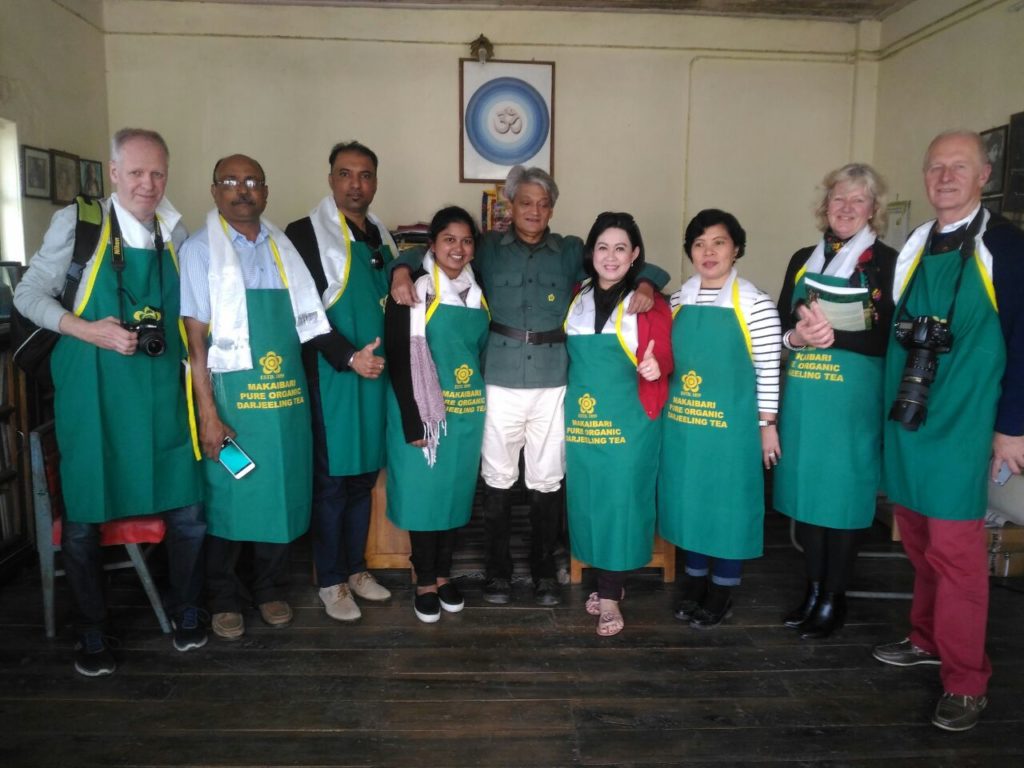
Black Tea – Black tea is a type of tea that is more oxidized than oolong, green and white teas. Black tea is generally stronger in flavour than the less oxidized teas. Black teas are processed in either of two ways, CTC (Crush, Tear, Curl) or Orthodox. The CTC method is efficient and effective for producing a better quality product from medium and lower quality leaves of consistently dark color. Orthodox processing is done either by machines or by hand. Hand processing is used for high-quality teas. While the methods employed in orthodox processing differ by tea type, this style of processing results in the high-quality loose tea sought by many connoisseurs. Black tea retains its flavour for several years.
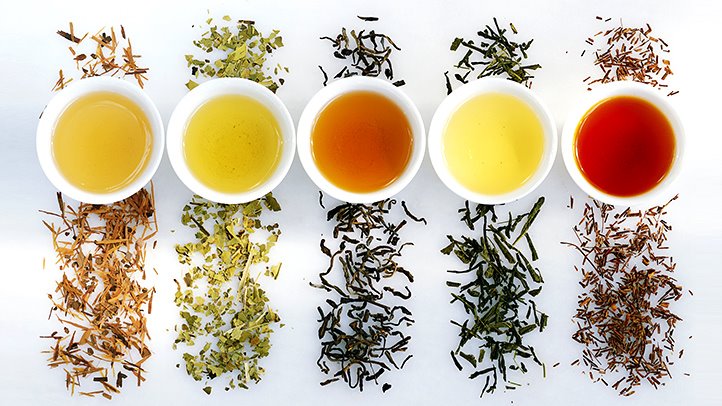
Green Tea – Green tea is made from the leaves from Camellia sinensis that have undergone minimal oxidation during processing. Green tea originated in China, but it has become associated with many cultures throughout Asia. Green tea has become the raw material for extracts used in various beverages, health foods, dietary supplements, and cosmetic items. Many varieties of green tea have been created in countries where it is grown. These varieties can differ substantially due to variable growing conditions, horticulture, production processing, and harvesting time.
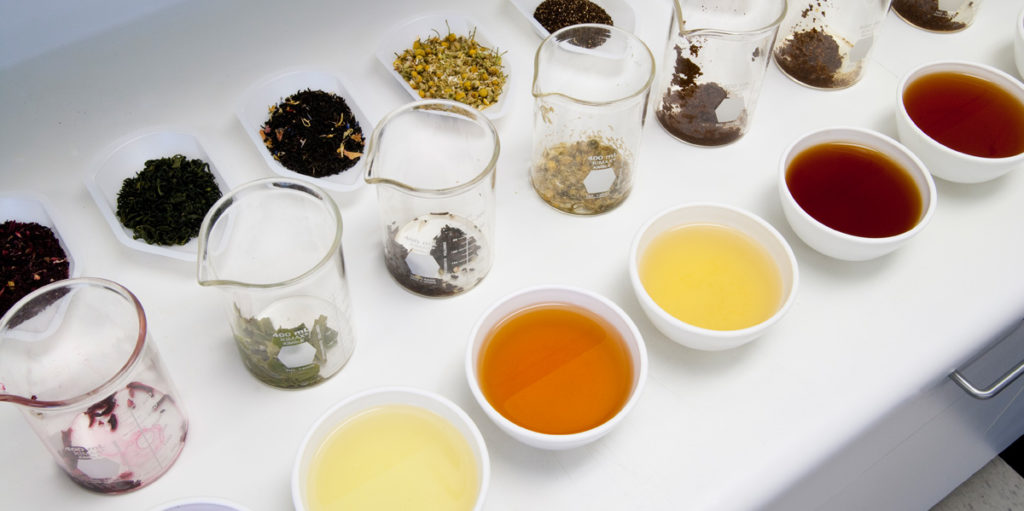
Oolong Tea – Oolong tea is a traditional Chinese tea (Camellia sinensis) produced through a unique process including withering under the strong sun and oxidation before curling and twisting. Most oolong teas, especially those of fine quality, involve unique tea plant cultivars that are exclusively used for particular varieties. The degree of oxidation can range from 8 to 85%, depending on the variety and production style. Oolong is especially popular with tea connoisseurs of south China and Chinese expatriates in Southeast Asia.
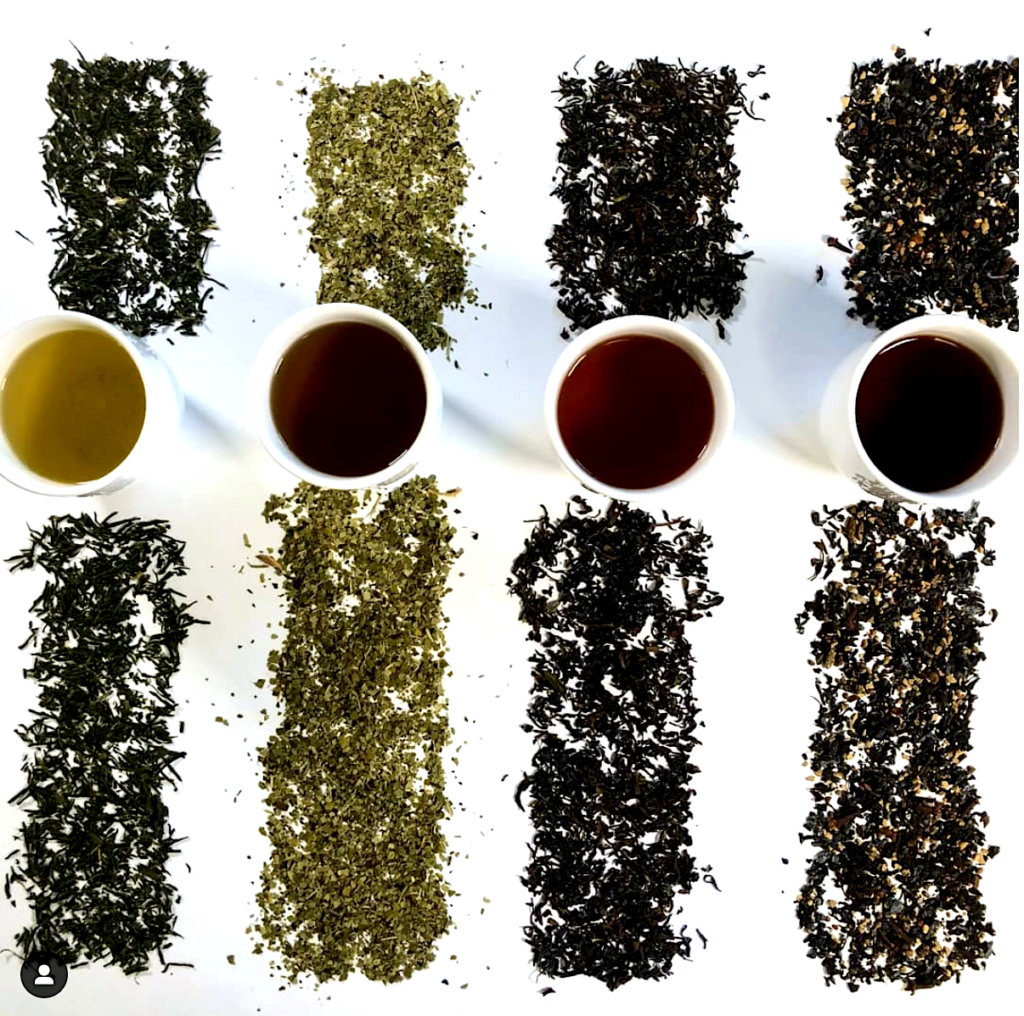
White Tea – White tea is a lightly oxidized tea grown and harvested primarily in China, mostly in the Fujian and Zhejiang province. More recently it is grown in Taiwan, India, Northern Thailand and Eastern Nepal. White tea comes from the buds and leaves of the Chinese Camellia sinensis plant. The leaves and buds are allowed to wither in natural sunlight before they are lightly processed to prevent oxidation or further tea processing. The name “white tea” derives from the fine silvery-white hairs on the unopened buds of the tea plant, which gives the plant a whitish appearance. The beverage itself is not white or colourless but pale yellow.
Contact: www.dreamwaydestinations.com & www.visittobengal.com Or Call me at +919733465000 & +919474092500 Or WhatsApp : +918617432205